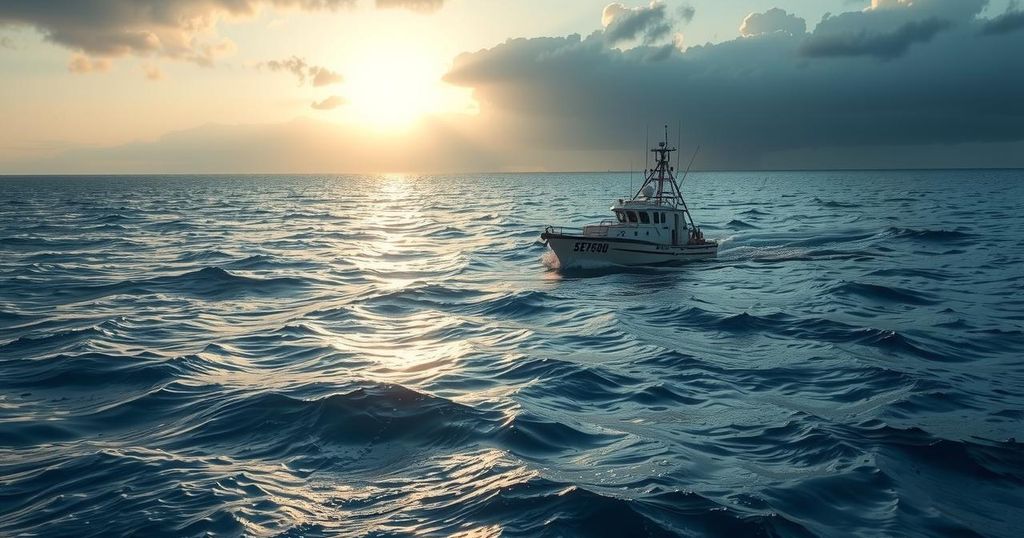The Malaysian government has authorized a new search for MH370, more than eleven years after its disappearance. Ocean Infinity will employ advanced technologies and a new support vessel, Armada 7806, to conduct a thorough search in an area the size of Sydney. This operation is projected to take up to 18 months, with a financial incentive of $70 million for successful recovery of the wreckage.
More than eleven years after Malaysia Airlines Flight MH370 vanished, the Malaysian government has initiated a new search for the aircraft’s debris. The renewed search, pursued last year, aims to uncover the remains of the flight that tragically resulted in 239 fatalities. Ocean Infinity, a seabed exploration firm, has presented a new plan, receiving general approval from the Malaysian authorities in December 2022 after an unsuccessful attempt in 2018.
The search area designated for Flight MH370 is extensive, roughly equivalent to the size of metropolitan Sydney. This location was identified through refined analysis, considering multiple factors such as weather data, satellite imagery, and previous debris findings along the African coastline and surrounding islands. Ocean Infinity has returned to the southern Indian Ocean, 1,500 kilometers west of Perth, equipped with advanced technologies to enhance the probability of success.
For this operation, Ocean Infinity will utilize a new 78-meter vessel, the Armada 7806, recently built by the Norwegian shipbuilder Vard. This vessel is outfitted with autonomous underwater vehicles from the Norwegian firm Kongsberg, capable of reaching depths of 6,000 meters for extended periods. The sophisticated sonar technologies incorporated in these vehicles—sidescan, synthetic aperture, multibeam, and sub-bottom profiling—are essential for underwater mapping and the detection of objects on the seafloor.
The varied sonar systems will work together to provide crucial data regarding the underwater environment. High-resolution images will be captured, and advanced techniques will bolster the detection of objects, revealing detailed depictions of the seabed. Once potential targets are identified, camera systems and lights will assist in confirming them, leading to a focused examination of the area.
Innovative advancements in robotics since previous searches have also enabled Ocean Infinity to deploy multiple vehicles simultaneously, significantly increasing the efficiency and coverage of the search efforts. The data collected by the underwater vehicles will be processed to create detailed maps of the targeted search zones.
The conditions for the search may be challenging, with adverse weather on the surface and complicated underwater terrain. The operation is projected to span up to 18 months, with optimal weather between January and April. Should Ocean Infinity successfully locate the wreckage of MH370, it stands to receive a payment of $70 million from the Malaysian government. The subsequent phase would focus on retrieving the black boxes to facilitate a thorough investigation into the circumstances leading to the aircraft’s disappearance. Conversely, if they fail in their efforts, no payment will be issued, leaving the investigation at an impasse.
The renewed search for Malaysia Airlines Flight MH370 represents a critical effort to uncover the truths surrounding its disappearance over eleven years ago. With Ocean Infinity’s advanced technology and methodology, there exists renewed hope for locating the aircraft wreckage. The operation’s success heavily relies on overcoming challenging conditions and effectively utilizing the sophisticated equipment deployed. Regardless of the outcome, the initiative underscores the commitment to resolving the long-standing mystery of MH370.
Original Source: www.hindustantimes.com






